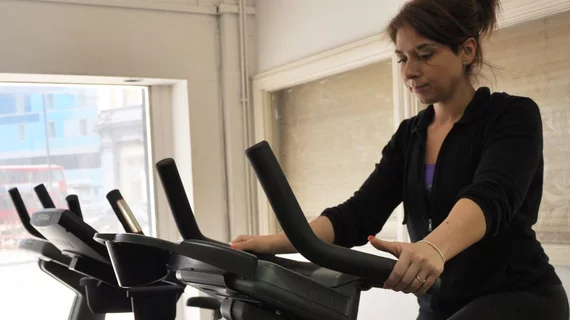In a study of machine learning’s ability to predict cardiovascular problems, 10 of 15 models proved more accurate than manual methods of risk assessment.
The study was conducted in Spain and published July 1 in the International Journal of Clinical Practice.
Dr. Adriana Lopez‐Pineda of Miguel Hernandez University and colleagues compared their 15 algorithms with two established assessment scales, applying all to a cohort of some 38,527 patients in a Spanish database and tracking outcomes over five years.
They found the three machine-learning methods with the best predictive capacity had area under the ROC curve (AUC) scores of 0.7086 (quadratic discriminant analysis), 0.7084 (NaiveBayes) and 0.7042 (neural networks).
By comparison, the conventional risk-scaling methods—which are widely used in clinical practice in Spain—fell in at 11th and 12th places, with AUCs below 0.64.
Seven algorithms had significantly higher predictive capacity as well as higher sensitivity and specificity than the manual scores.
“Machine-learning methods should be considered in the development of future cardiovascular risk scales,” the authors concluded.

